Ryndia, the silk of peace: Daniel Syiem on creating an ethical fashion label
There is always a story woven into the clothes we wear. Sometimes that story is of a suicidal cotton farmer in Vidarbha, a sweatshop worker in one of China’s coastal provinces or an oblivious designer who only deals with distributors. But these were not the stories Shillong’s Daniel Syiem wanted for his clothes.
“Fashion is something I grew up wanting to get into,” says Daniel. As young boys, Daniel and his brother would spend their time sketching. His brother would sketch houses, and Daniel, dresses. While his brother grew up to pursue architecture, Daniel failed to convince his parents to send him to fashion school. Shillong may seem modern to the eye, but, he says, most parents consider a profession in business, medicine or the government the only viable options. “My dad encouraged me to go to college,” he says, where he would participate in the college’s fashion festivals. After graduation, Daniel jumped from job to job. He was a call centre employee, a cabbie and then a night club manager. There, he met Denny, an officer in Meghalaya’s ericulture department, who’d become a close friend and enabler of Daniel’s lifelong dream to become a fashion designer. He introduced Daniel to weavers from Ri-Bhoi district, one of Mehalaya’s poorest districts where only half of its largely Khasi population is literate. Here, women weavers were gradually beginning to abandon the traditional Ryndia handloom. Ryndia silk, a dense and fine organic silk, once common throughout the North-East, is one of the only silks extracted from cocoons without killing the silkworm. The same silk, in Assam, is called Eri silk for the castor the worms are fed. Of all the Eri silk-producing villages in Ri-bhoi, Umden is the most popular, gaining recognition for producing the finest Ryndia in India.
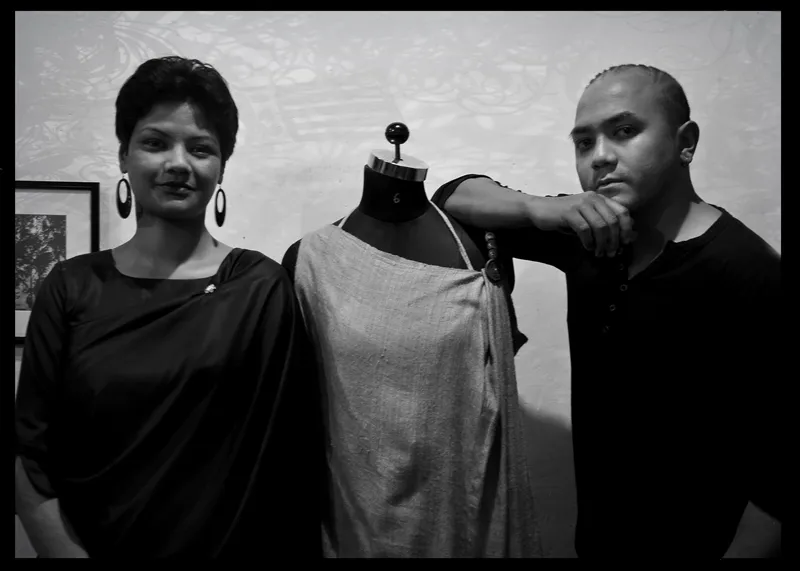
When Daniel met the weavers from Bhoi, his dreams suddenly fell into place. He says, “I fell in love with the fabric; at the same time, it also became like a calling.” Both Daniel’s father and grandfather are social activists. When Daniel decided he was going to get into fashion, he also wanted to make sure he gave back equally to the community. “I wanted to work exclusively with Ri-bhoi weavers, and that’s when I met Janessaline [Pyngrope] who worked for an organisation that helped these weavers.”
Daniel says, “One of our aims is to promote fabrics of the North East. We work with Ri-bhoi women. Most of these women were giving up and were going into agriculture.” Committed to creating a line of ethnic and ethical fashion, Daniel began to use vegetable dyes locally sourced from Meghalaya. He says after the success of his label, especially through Lakme India Fashion week shows, he’s seen an increasing interest in Ryndia, especially from neighbouring states. Weavers have been coming to Ri-bhoi to learn the age old art. “The government is starting to bring in machines to help weavers, but we’re also trying to sustain the traditional art of weaving.”
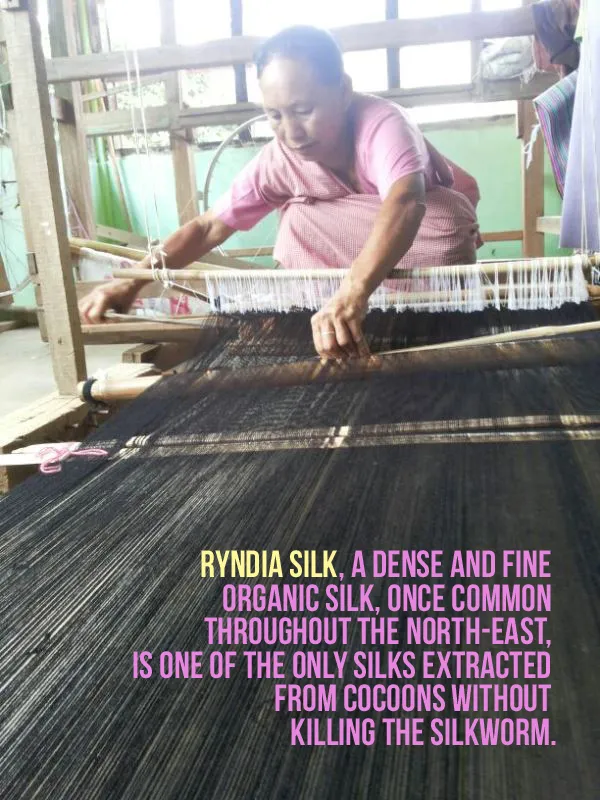
Daniel says he refuses to bring middlemen in the picture, instead choosing to work with weavers directly. As part of his determination to give back to those who’ve helped him make his name in India’s fashion industry, he helps in public collaborations to educate women weavers and supports schemes laid out to benefit them. He says, “A lot of these women have become businesswomen. They’ve become smart in that way. Now we have women teaching their children, because they understand the value of ryndia, and know there is a growing market for it.”
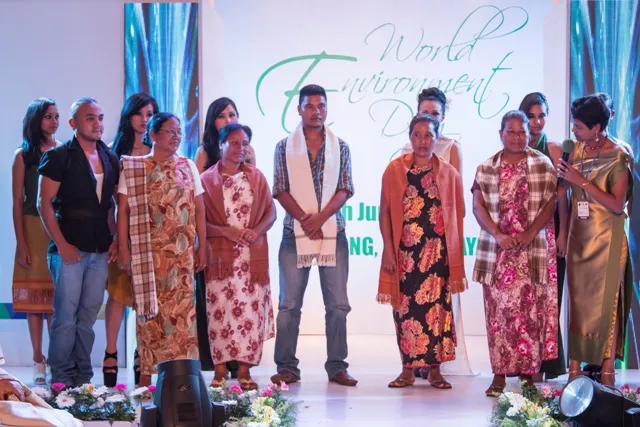
Right now, Daniel’s focus is on tapping into Meghalaya’s traditional skills and resources, like Garo pattern weavers. For the last seven seasons, he has worked with Ryndia from Ri-bhoi, proving critics of his work wrong time and time again. “They say my work will be limited. But I have a special connection with Ryndia, so I always try something innovative.”
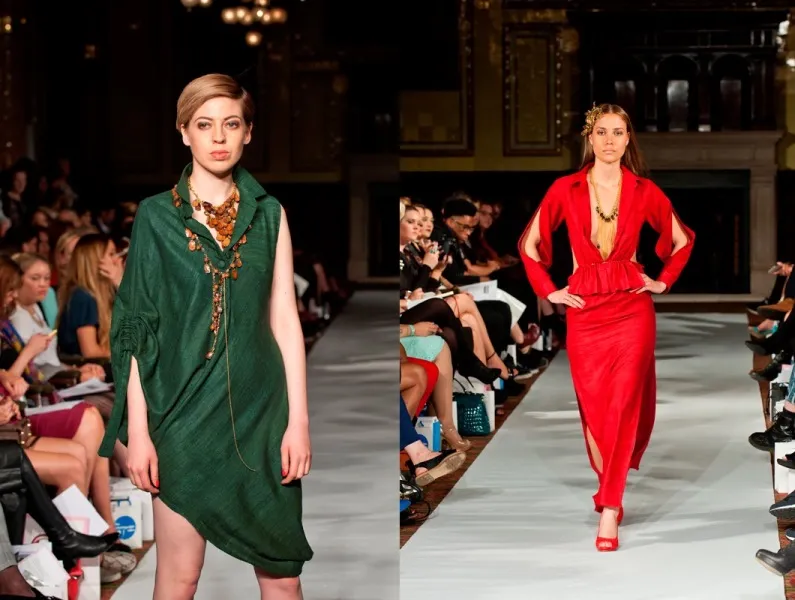
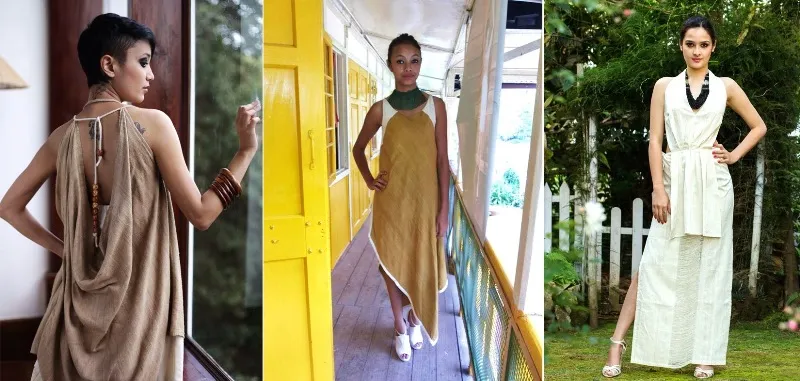
Daniel believes one of the reasons why traditional fashion is slowly dying is because the market is being bombarded with inexpensive Western clothes, and there aren’t many designers willing to experiment with archaic cultural looms, costumes and designs. That is why fewer Khasi women wear the jainsem or jainkyrshah. However, he says, he sees more and more young people who come to his boutiques with an interest in embracing their roots. Daniel says creating a market for ethnic and ethical fashion is about knowing how to recreate traditional designs to have mass appeal, and he hopes more young Indians would rediscover their cultures as much as they embrace others.







